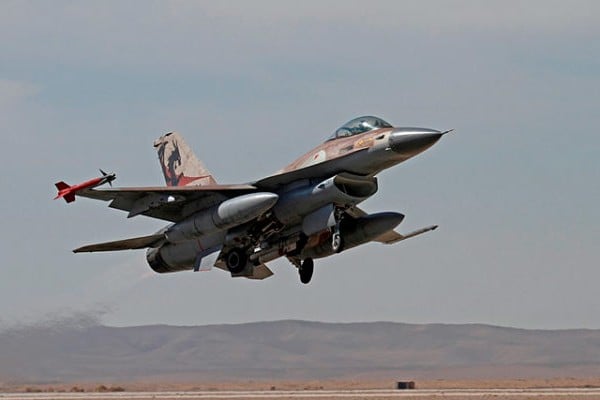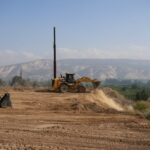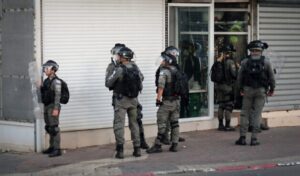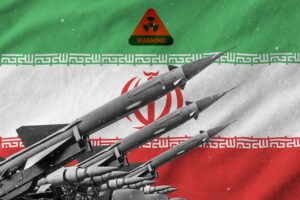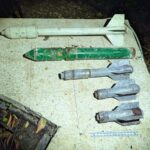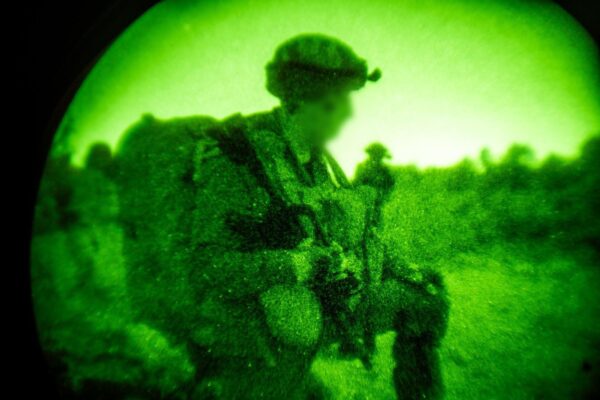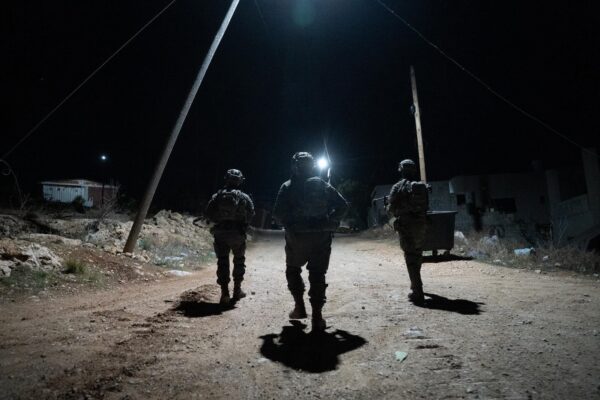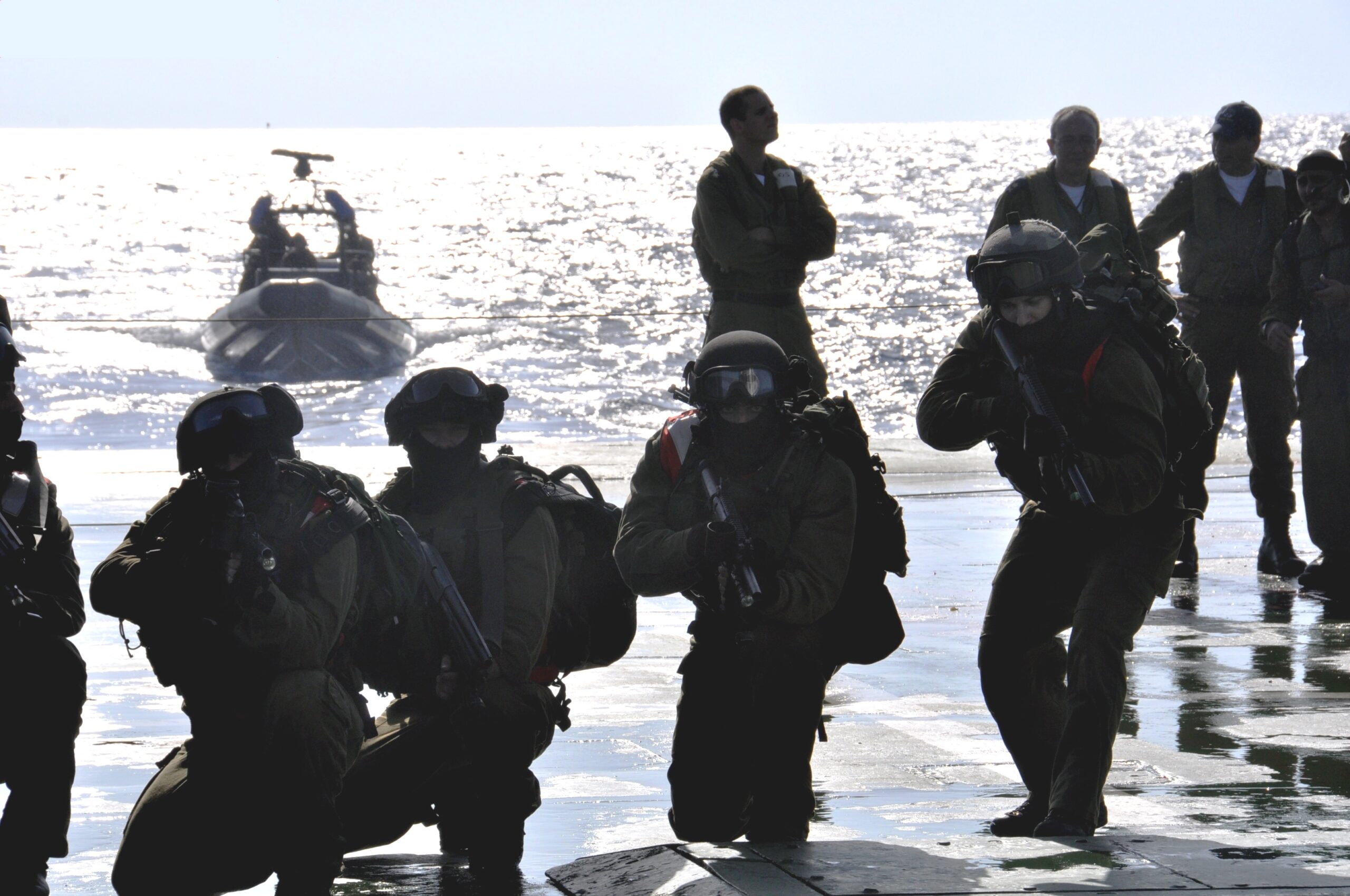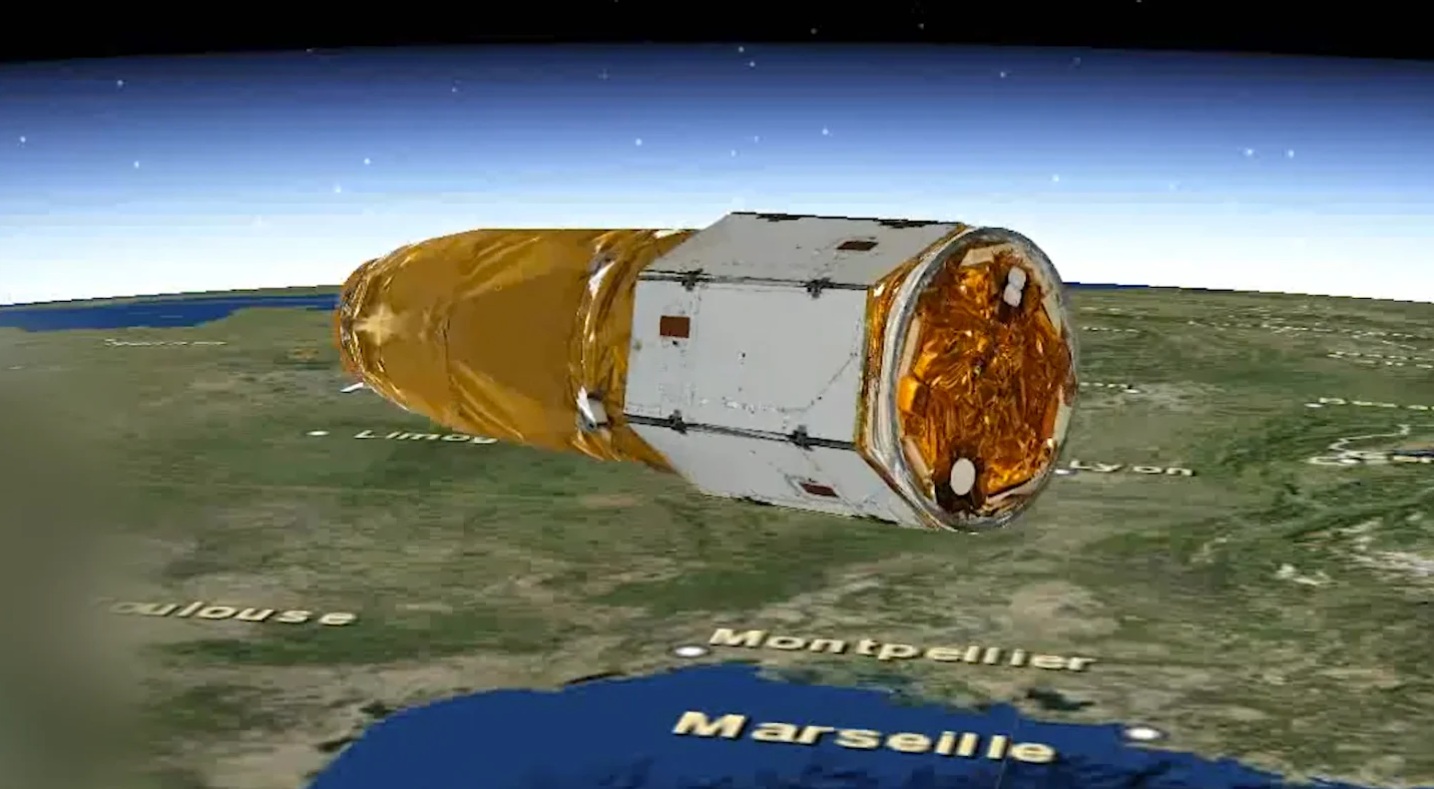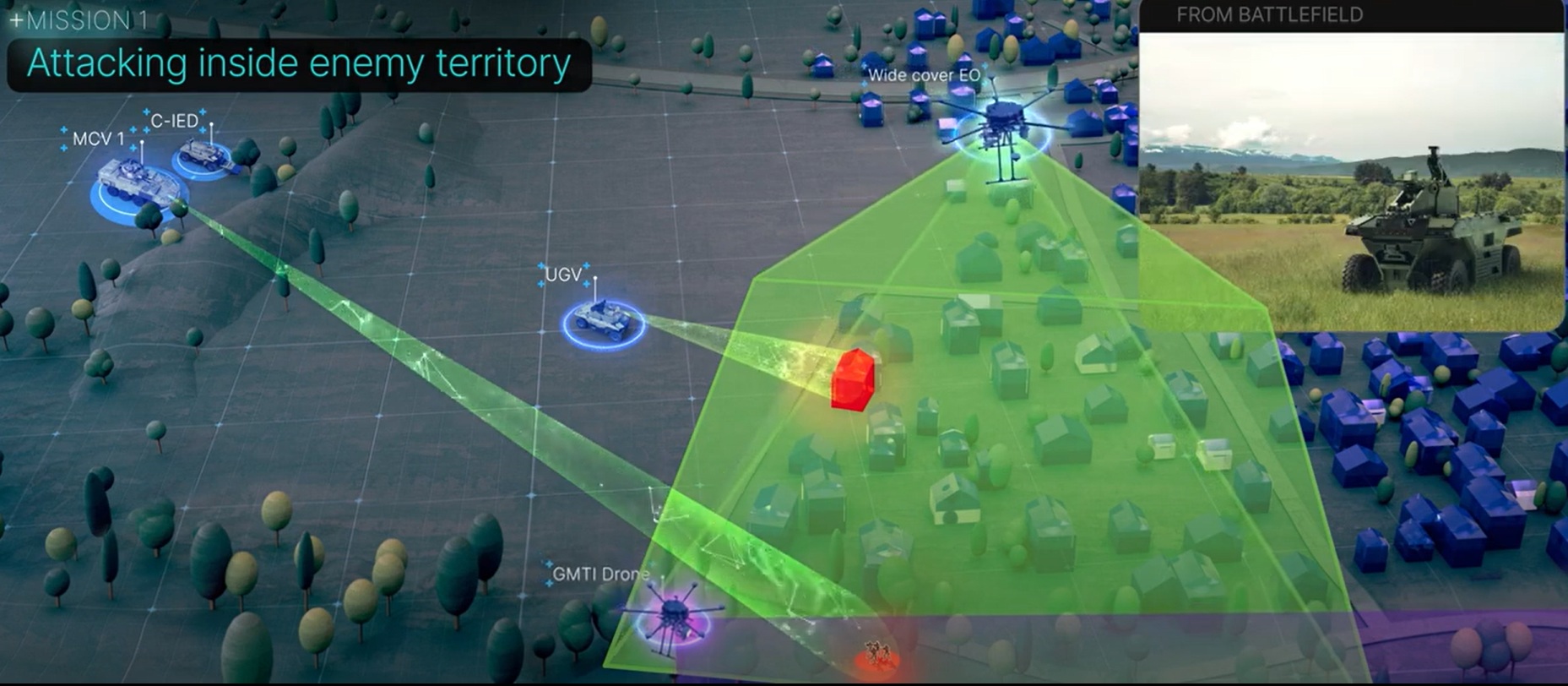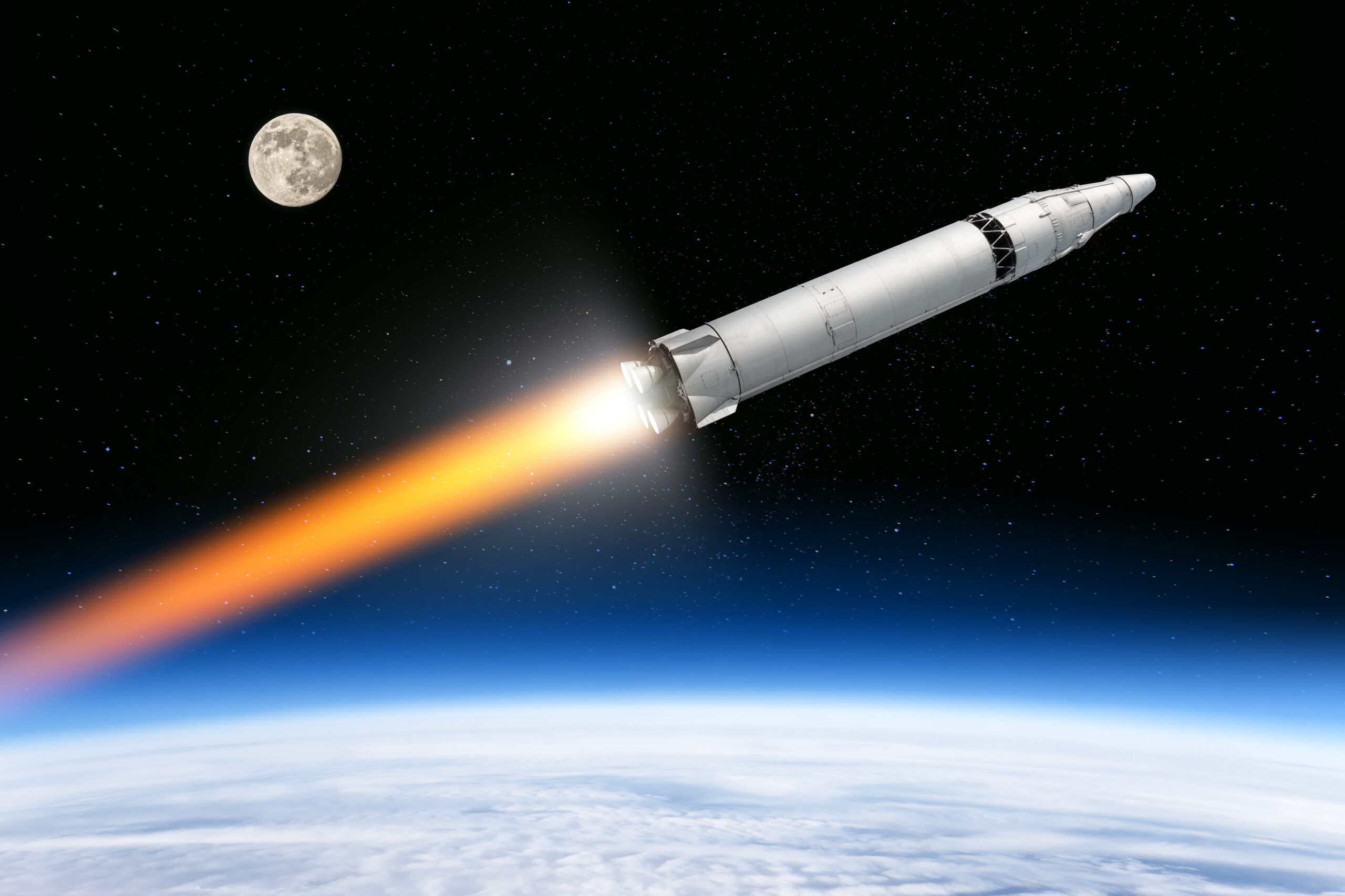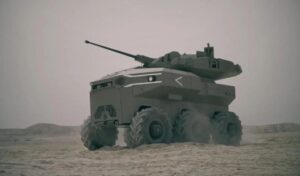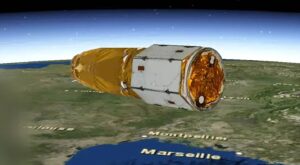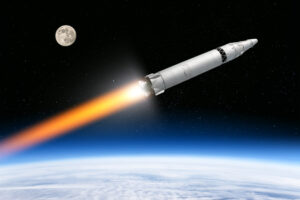Missile launchers are particularly vulnerable during the launch phase.
By Hezy Laing
Despite Iran’s large-scale missile barrage on Sunday, Israeli military officials suggest the move may have been largely symbolic—a show of strength following the devastating strike on the Fordow nuclear facility.
According to a statement shared with Reuters, the Israel Defense Forces estimate they have destroyed approximately two-thirds of Iran’s ballistic missile launchers.
Prior to the conflict, Iran was believed to possess around 360 launchers.
If the estimate holds, fewer than 120 remain. On Sunday alone, Israel reported the destruction of eight launchers—six of which were reportedly primed for immediate use.
Missile launchers are particularly vulnerable during the launch phase.
The ignition of rockets generates heat signatures and visible plumes detectable by satellites, drones, and other surveillance tools.
These visual cues allow the Israeli Air Force to rapidly locate and eliminate launchers in real time.
Liquid-fueled systems are especially exposed, as they must be fueled on-site just prior to launch—a time-consuming and visible process.
Transporting them pre-fueled is highly dangerous, making the setup phase a critical vulnerability that Israeli forces have increasingly exploited.


